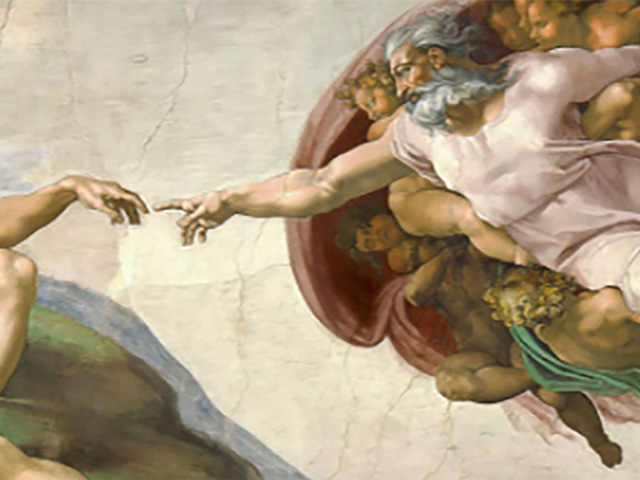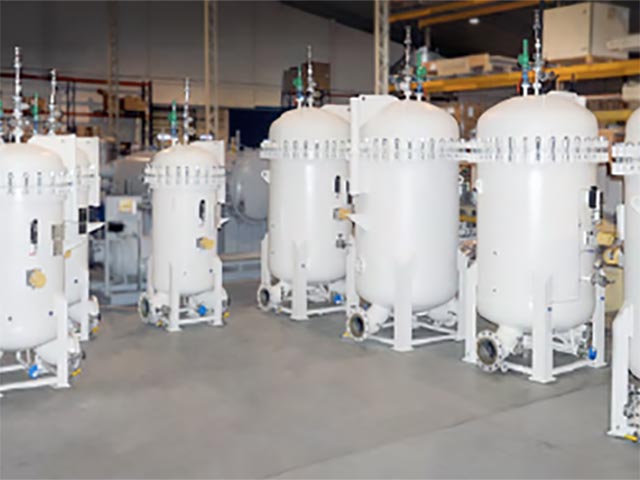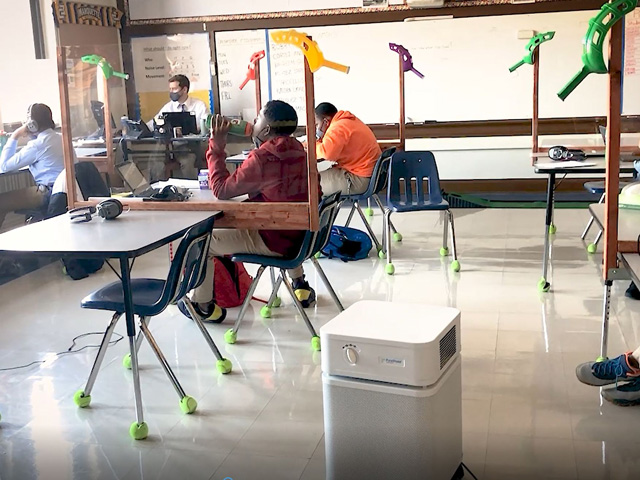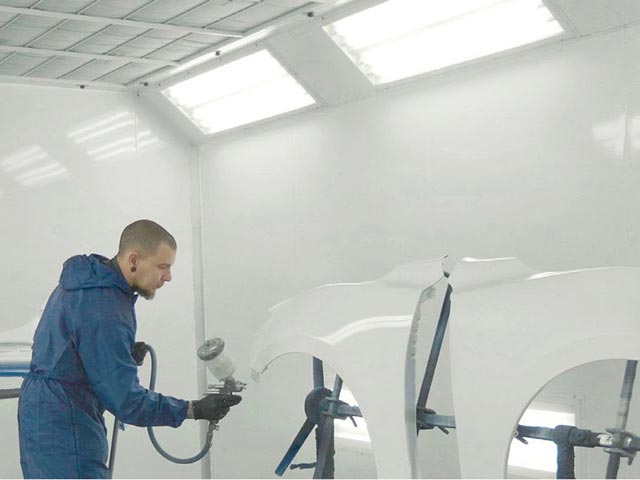The Sistine Chapel relies on Purafil to preserve its artwork for future generations

The air flowing over Michelangelo’s frescoes is filtered by Purafil® Select Media.
To help preserve some of the world’s most treasured artwork, Vatican engineers assembled a team including experts from Purafil and Carrier. Together, they developed a complex environmental control system that functions behind the scenes, protecting Michelangelo’s delicate work for future generations.
THE CHALLENGE
The Vatican needed an air filtration solution that would protect delicate, painstakingly restored artwork from further damage. Originally painted in 1512, Michelangelo’s stunning frescoes have been exposed to a multitude of airborne pollutants for five centuries, resulting in layers of grime. After extensive restoration work, Vatican engineers needed an air filtration system that would prevent further deterioration. The system would need to remove all contaminants from the air inside the Sistine Chapel while not detracting from the experience of millions of visitors.
THE SOLUTION
The team combined efforts to develop a sophisticated system of airflows and filtering mechanisms that operate behind the scenes without disturbing the beauty and experience of the chapel for millions of annual visitors. After a worldwide search for environmental experts, Vatican engineers and consultants selected Carrier and Purafil to develop a solution. Together, they envisioned a system that would be hidden from view, directing air through discrete channels in the chapel’s floors, walls and windows. To permanently remove airborne pollutants, the contaminated air would pass through the HVAC unit and Purafil’s dry scrubbing media to be purified and re-circulated.
THE RESULTS
The environmental control system uses Purafil® Select Media to permanently remove all airborne contaminants. Engineers and consultants worked closely over a two-year period to design, manufacture and install the state-of-the-art environmental control system. Since it is housed in a separate building, more than 2 million annual visitors are never unaware of the precise environmental controls in place.
The air is exhausted through the chapel’s floor and re-circulated through the HVAC unit and Purafil’s gas-phase air filtration system where gaseous contaminants are permanently removed.
The system relies on Purafil® Select Media, an activated alumina-based substrate. Alumina has a higher surface area compared to common substrates such as zeolite or silica gel, allowing more of the active ingredient, potassium permanganate, to react with and trap contaminants.
Purafil media removes gaseous contaminants through chemisorption, an irreversible chemical reaction process. The gases are absorbed by the media and oxidized to form noncorrosive solids, which remain on the media pellet.
The air is channeled up the chapel’s outside wall and distributed to individual diffusers concealed in the base of each of the chapel’s six south-facing windows. A low-velocity flow of purified air is directed over the surface of the frescoes, while a slightly higher-velocity flow “showers” visitors.
The system works successfully behind the scenes, silently preserving Michelangelo’s artwork so it can continue to inspire the millions who visit the Sistine Chapel each year.




